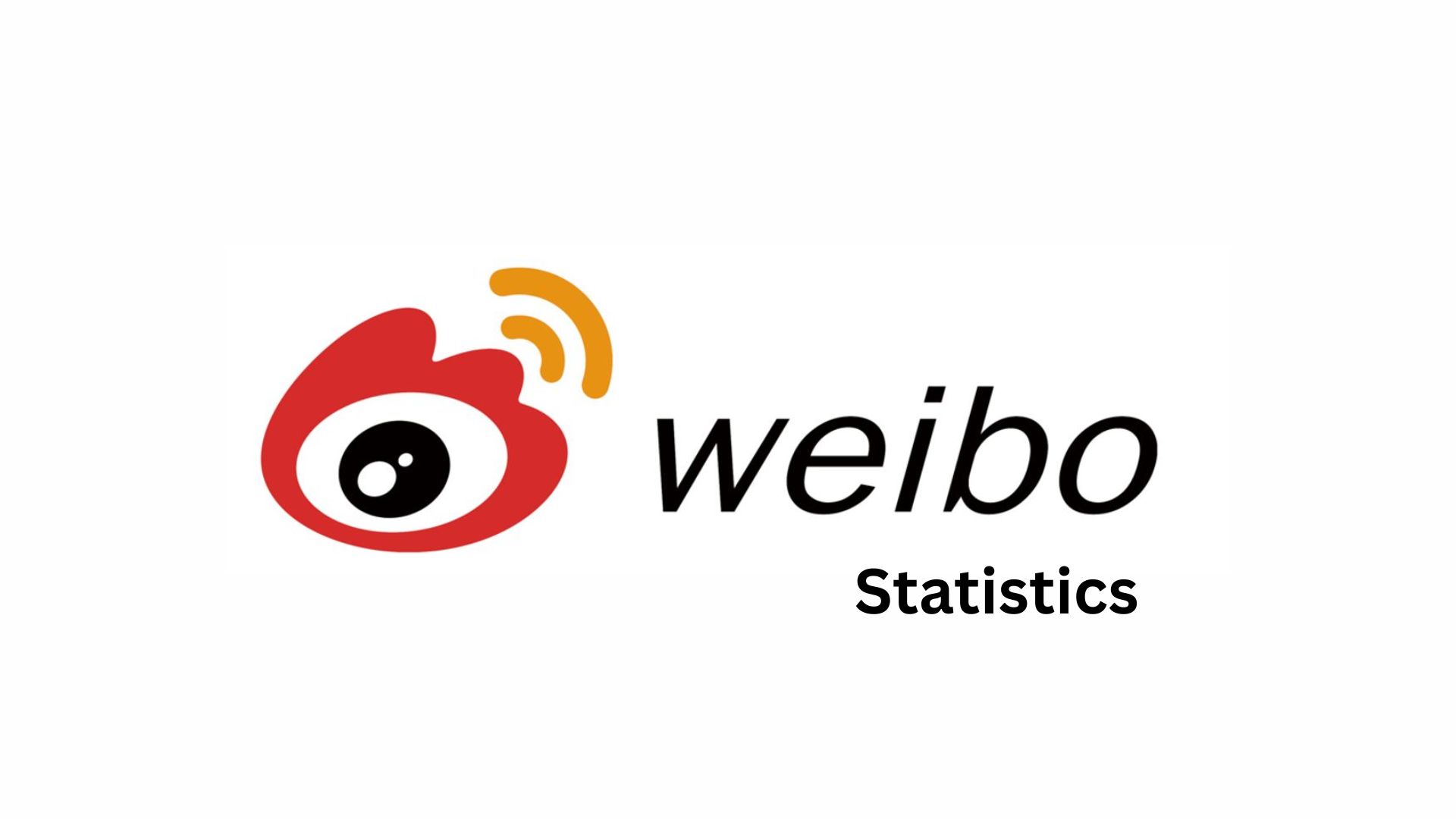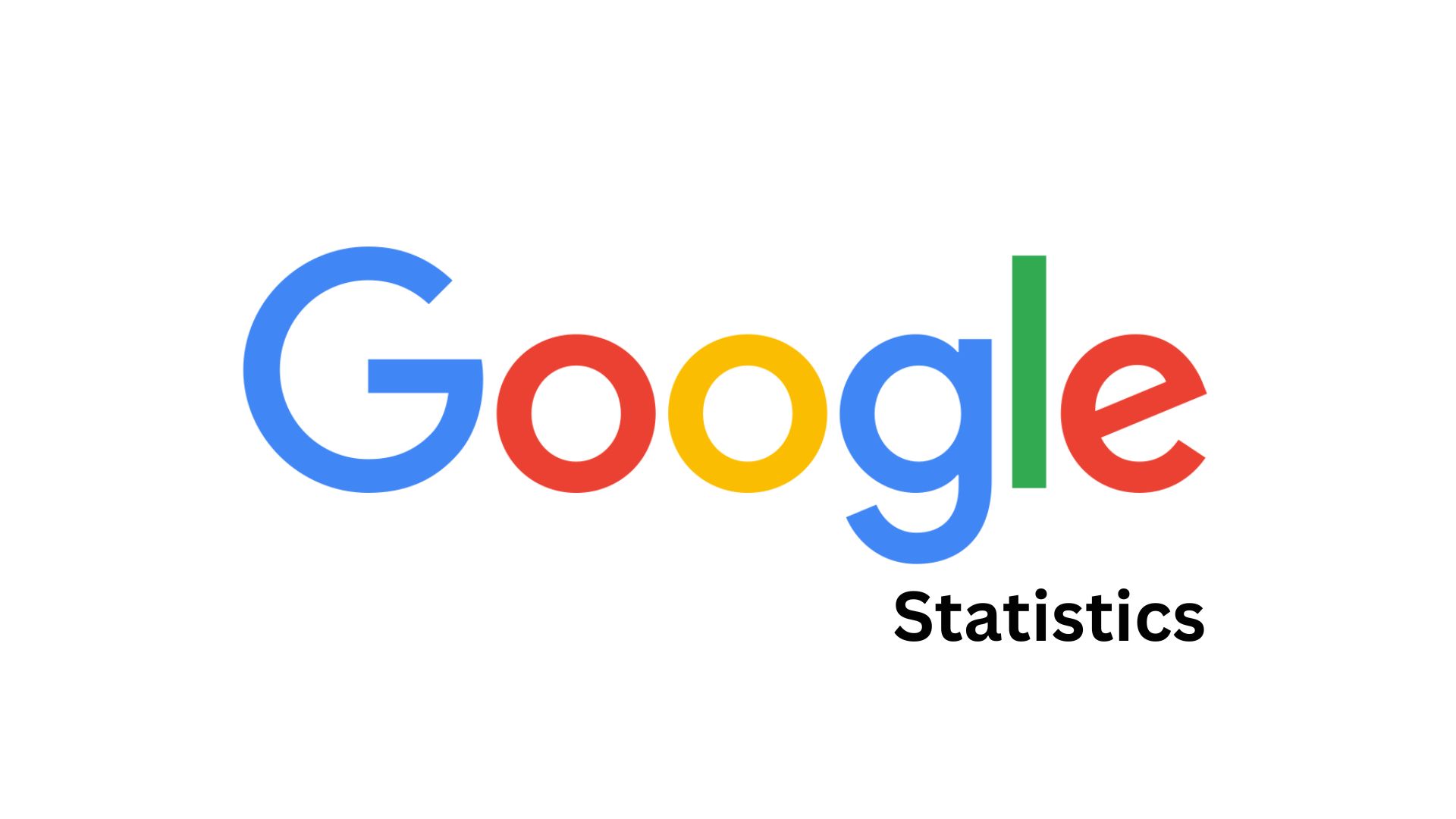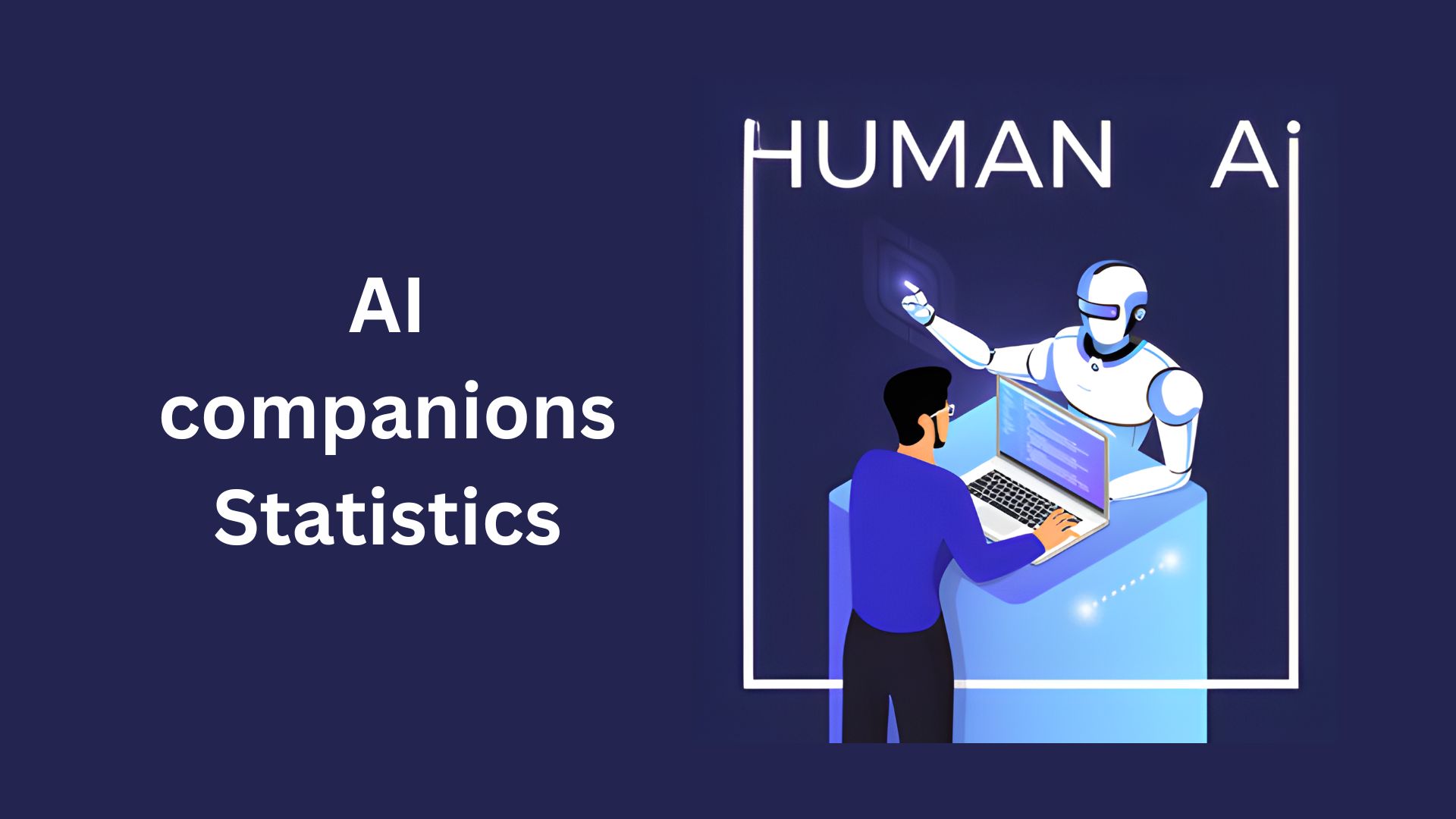Facial Recognition Statistics By Market, User Demographic, Usage And Facts (2025)
Updated · Sep 01, 2025
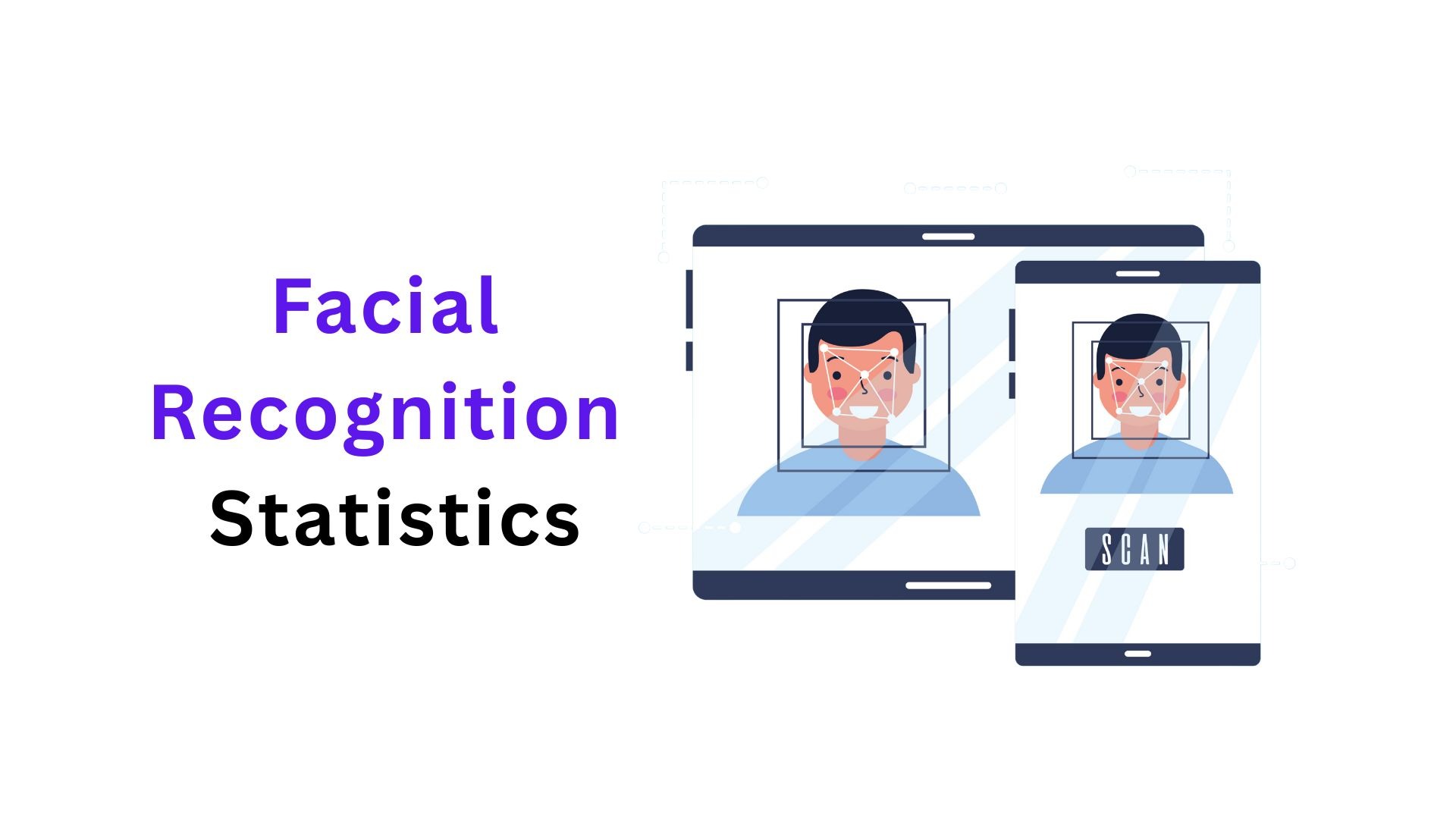
Table of Contents
- Introduction
- Editor’s Choice
- General Facial Recognition Statistics
- Facial Recognition Market Statistics
- Facial Recognition Key Players Statistics
- Facial Recognition User Demographic Statistics
- Facial Recognition Market Statistics by Country
- By Region
- Facial Recognition Usage Statistics in Different Countries
- Industry-wise Distribution of Facial Recognition Usage Statistics
- Facial Recognition Usage in Crime Control and Policing
- Facial Recognition Acceptance Statistics
- Public Opinion Statistics on Facial Recognition Technology
- Conclusion
Introduction
Facial Recognition Statistics: Facial recognition is currently a widely used technology in security, retail, healthcare, and many other areas. Face detection is usually the first step before facial recognition. Face perception is how our brain understands faces. Pareidolia makes us see faces in objects, while facial recognition systems identify people automatically.
This technology can quickly recognise and confirm people, making work safer and smoother for both businesses and governments. Recent information shows how more places are using it, how the market is growing, and how different regions are improving it. After studying this article, all statistical analyses will help you to see their effects and what might happen in the future.
Editor’s Choice
- A Statista report states that the global market size of Facial Recognition will reach around USD 8.5 billion by 2025.
- Meanwhile, the market is estimated to grow up to USD 14.55 billion by the end of 2031.
- The annual growth rate of the market is estimated to reach 16.79% CAGR from 2025 to 2031.
- The United States is going to make the largest market valuation of around USD 1.75 billion by 2025.
- In the same period, the North American facial recognition market will grow to about USD 1.95 billion.
- As mentioned in market.us, around 80% of governments use facial recognition technology.
- Meanwhile, about 70% of police forces apply it in their work.
- Precedence Research shows that in terms of technology, 3D facial recognition led with over 39% of revenue, while access control dominated applications with a 37% share in 2025.
- scoop.market.us shows that Ayonix Corporation is the market leader in facial recognition technology with a 15% share.
- The use of facial recognition technology in the United States and Mexico leads with a total score of 18%.
- In the United States, 59% of people think it is acceptable for police to use facial recognition technology (FRT) to check security threats in public places.
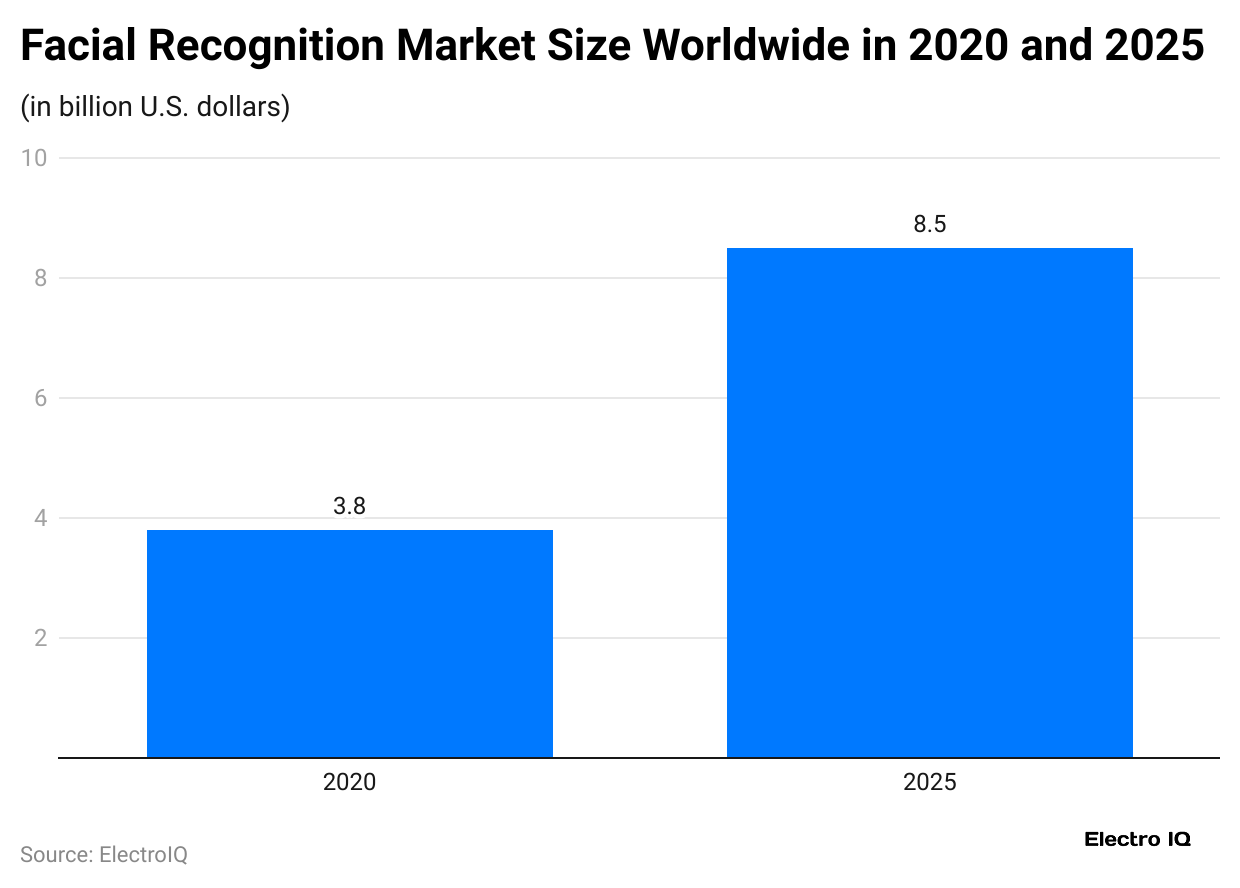
(Reference: market.us)
General Facial Recognition Statistics
- A report published by market.us states that in 2023, facial recognition technology was widely used worldwide, with more than 176 million Americans adopting it, and 131 million of them interacting with it every day.
- Customs and Border Protection (CBP) has used facial recognition technology to check over 300 million travellers, catching more than 1,800 people pretending to be someone else.
- Around 40% of workplaces worldwide use facial recognition technology for employee management and security.
- Banks and financial institutions in 80% of countries use this technology to improve security and verify customers.
- In the transport sector, facial recognition is used on public buses in 20% of countries and on trains or subways in 30%.
- During the COVID-19 pandemic, over 40% of countries applied facial recognition to monitor, track, or reduce the spread of the virus.
- Experts expect facial recognition use to grow by 45%, thanks to its high accuracy rate of at least 99.5%.
Facial Recognition Market Statistics
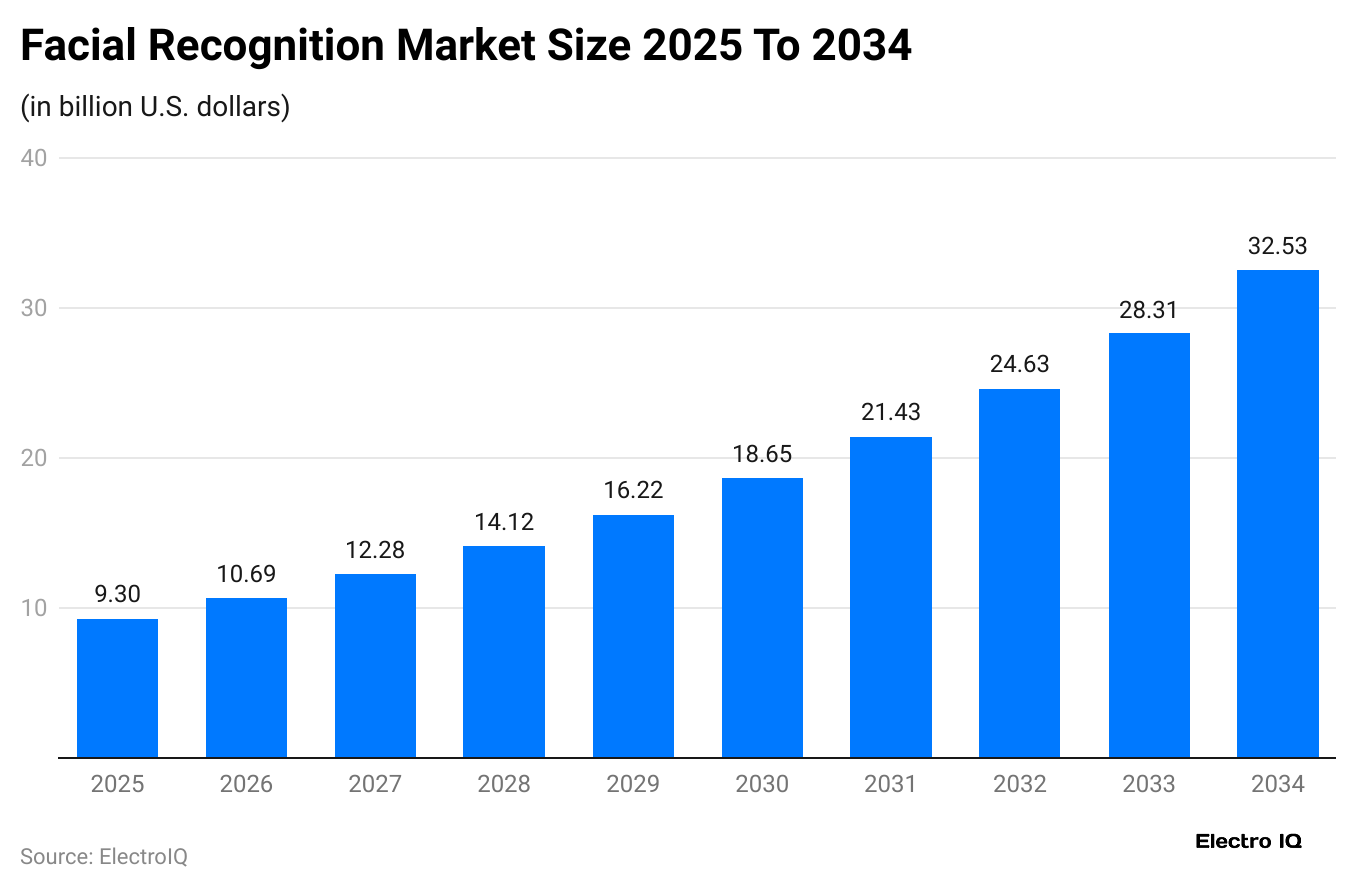
- The above graphical analysis shows that the global facial recognition market was worth USD 8.09 billion in 2024 and grew to USD 9.3 billion in 2025.
- It is projected to reach about USD 32.53 billion by 2034, growing steadily at a compound annual growth rate (CAGR) of 14.93% between 2025 and 2034.
- In 2024, North America led the facial recognition market, accounting for the highest revenue at 38%.
- Besides, the Asia Pacific market will grow at a CAGR of 18.6% from 2025 to 2034.
- In terms of technology, 3D facial recognition led with over 39% of revenue, while access control dominated applications with a 37% share in 2025.
- In terms of end-users, the retail and e-commerce sector generated over 23% of revenue during the same year.
Facial Recognition Key Players Statistics
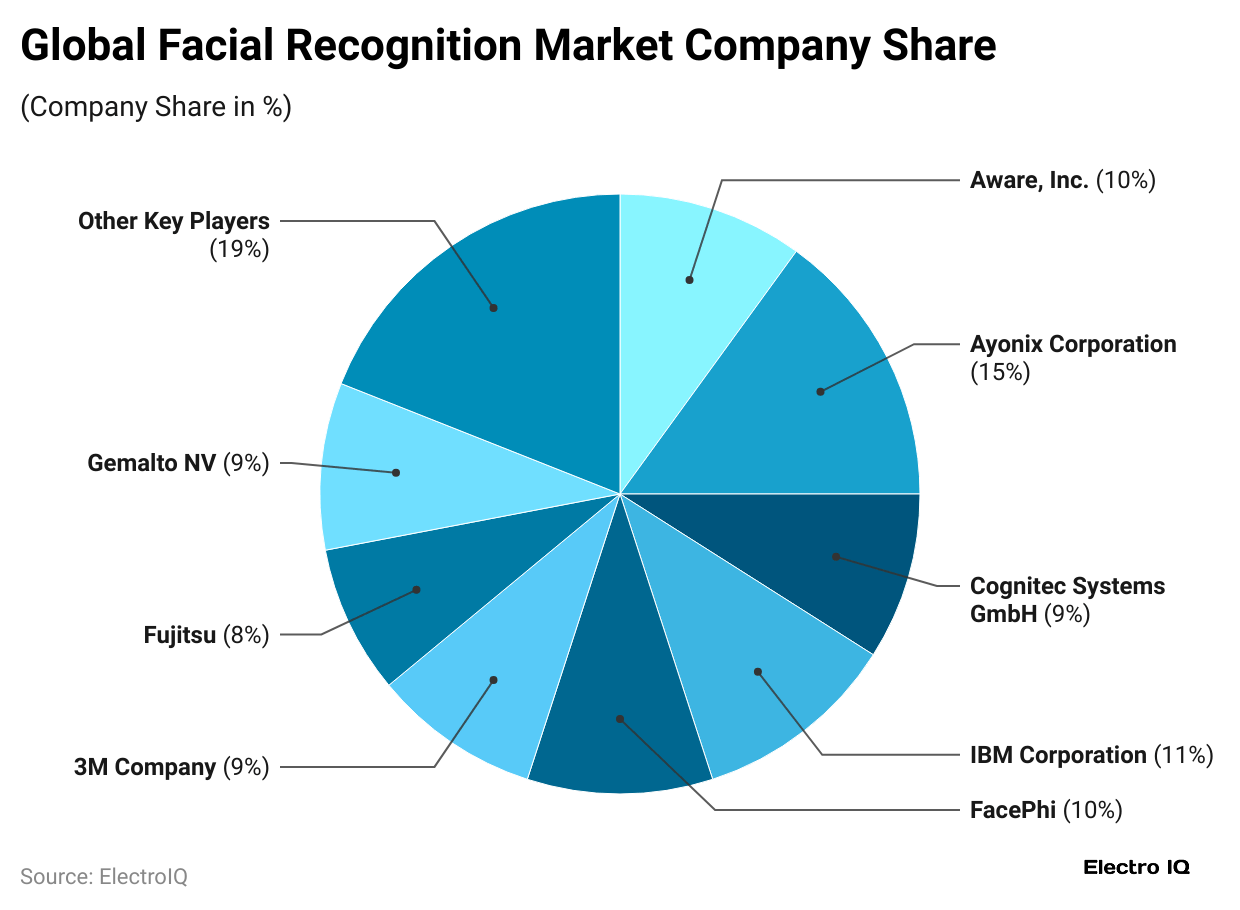
- The above pie chart shows that Ayonix Corporation is the market leader in facial recognition technology with a 15% share.
- IBM Corporation holds 11%, while Aware, Inc. has 10% of the market.
- FacePhi and Gemalto NV each control 10% and 9%, respectively.
- Cognitec Systems GmbH, 3M Company, and Fujitsu together make up 26%, with individual shares of 9%, 9%, and 8%.
- Other smaller companies share the remaining 19% of the market.
Facial Recognition User Demographic Statistics
- According to PhotoAid, as of 2025, approximately 176 million Americans use facial recognition technology (FRT), with 131 million engaging with it daily.
- The most common applications include unlocking personal devices (68%), logging into apps (51%), and accessing bank accounts (42%).
- Demographically, 57% of individuals aged 18–34 utilise FRT daily, compared to 40% of those aged 35–54 and 24% of individuals aged 55 and above.
- Furthermore, 95% of Americans believe they should have the right to opt out of FRT systems.
- A significant 81% of consumers express apprehension about the potential misuse of biometric data.
Facial Recognition Market Statistics by Country
- A report published by Statista depicts that the market valuation of facial recognition in the United States will remain at its highest, up to USD 1.75 billion by 2025.
- Besides, the market will reach a CAGR of 17.4% between 2025 and 2031, totalling around USD 4.57 billion by the end of 2031.
Furthermore, other countries’ market size analysis is mentioned below:
| Country | Market Size (USD) | Growth Rate | |
| 2025 | 2031 | ||
| China | 1.08 billion | 2.74 billion |
16.72% |
| Japan | 239.66 million | 598.76 million | 16.49% |
| Germany | 233.20 million | 583.52 million | 16.52% |
| India | 190.57 million | 475.72 million | 16.47% |
By Region
- The North American facial recognition market will grow up to USD 1.95 billion by 2025.
- This market will grow at a CAGR of 17.29% from 2025 to 2031, and will reach USD 5.07 billion by the end of 2031.
Moreover, other regions’ market valuations are stated below:
| Region | Market Size (USD) | Growth Rate | |
| 2025 | 2031 | ||
| Africa | 99.79 million | 248.51 million | 16.42% |
| Americas | 2.15 billion | 5.57 billion | 17.22% |
| Asia | 2.02 billion | 5.08 billion | 16.59% |
| Australia & Oceania | 108.96 million | 271.29 million | 16.42% |
| Caribbean | 6.32 million | 15.73 million | 16.42% |
| Central & Western Europe | 818.82 million | 2.04 billion | 16.47% |
| Eastern Africa | 6.31 million | 15.71 million | 16.42% |
| Eastern Asia | 1.46 billion | 3.68 billion | 16.65% |
| Eastern Europe | 151.59 million | 377.51 million | 16.42% |
| Europe | 1.35 billion | 3.38 billion | 16.45% |
| Northern Africa | 44.47 million | 110.76 million | 16.43% |
| Northern Europe | 110.90 million | 276.26 million | 16.43% |
| South America | 192.09 million | 478.40 million | 16.43% |
| Southeast Asia | 194.99 million | 485.51 million | 16.42% |
| Southern Africa | 22.51 million | 56.07 million | 16.43% |
| Southern Asia | 236.92 million | 591.16 million | 16.46% |
| Southern Europe | 272.71 million | 679.26 million | 16.43% |
| Western Africa | 26.49 million | 65.97 million | 16.42% |
| Western Asia | 132.51 million | 329.83 million | 16.41% |
Facial Recognition Usage Statistics in Different Countries
- The use of facial recognition technology in the United States and Mexico leads with a total score of 18%, with government, police, airport, and banking/finance sectors each contributing small shares, as mentioned in scoop.market.us.
- The United Kingdom, Malaysia, and France follow closely with total scores of 17%, with sector-specific usage in workplaces and banks.
- Brazil and Australia both have total scores of 13%, with moderate contributions from government and airport applications.
- Japan, India, and Chile each have total scores around 12%, with minor contributions from government, police, airports, and banks.
- The United Arab Emirates records a 10% total score, with notable government and workplace adoption.
- The Russian Federation has 9% usage, and China shows the lowest adoption at 5%, with limited sector-specific deployment overall.
Industry-wise Distribution of Facial Recognition Usage Statistics
- As of 2024, around 30% of American adults accept facial recognition for tracking employee attendance, while 32% are comfortable with its broader use by private companies.
- In advertising, opinions are divided: 54% oppose facial recognition, yet 30% find its application acceptable.
- Similarly, around 30% support using facial recognition in apartment complexes to enhance security, while 34% express concerns.
- A majority of hotel operators (74%) anticipate that biometrics will become a standard method for identifying staff by 2025.
- Customers also respond positively, with 62% agreeing that facial recognition could improve the guest experience, and 41% indicating they would be more likely to choose hotels offering automated facial recognition services.
- Facial recognition in retail industries will lower violent incidents by 91%, while 49% of people see it as an effective tool against shoplifting.
- Around 70% of CaixaBank users are willing to replace PINs with facial recognition for ATM access.
Facial Recognition Usage in Crime Control and Policing
- In the United States, 59% of people think it is acceptable for police to use facial recognition technology (FRT) to check security threats in public places.
- About 64% of White adults, 47% of Black adults, and 55% of Hispanic adults feel confident in using FRT.
- Interpol maintains a facial recognition system with images from over 179 countries, creating a unique global database of criminals.
- Almost 54% of Americans believe FRT can help reduce human bias during investigations, and 47% think it can lower racial discrimination.
- A large majority (83%) supports government collaboration with law enforcement to improve FRT use instead of banning it.
- Additionally, 74% of U.S. adults approve of using FRT to find missing older adults with Alzheimer’s, dementia, or other cognitive conditions.
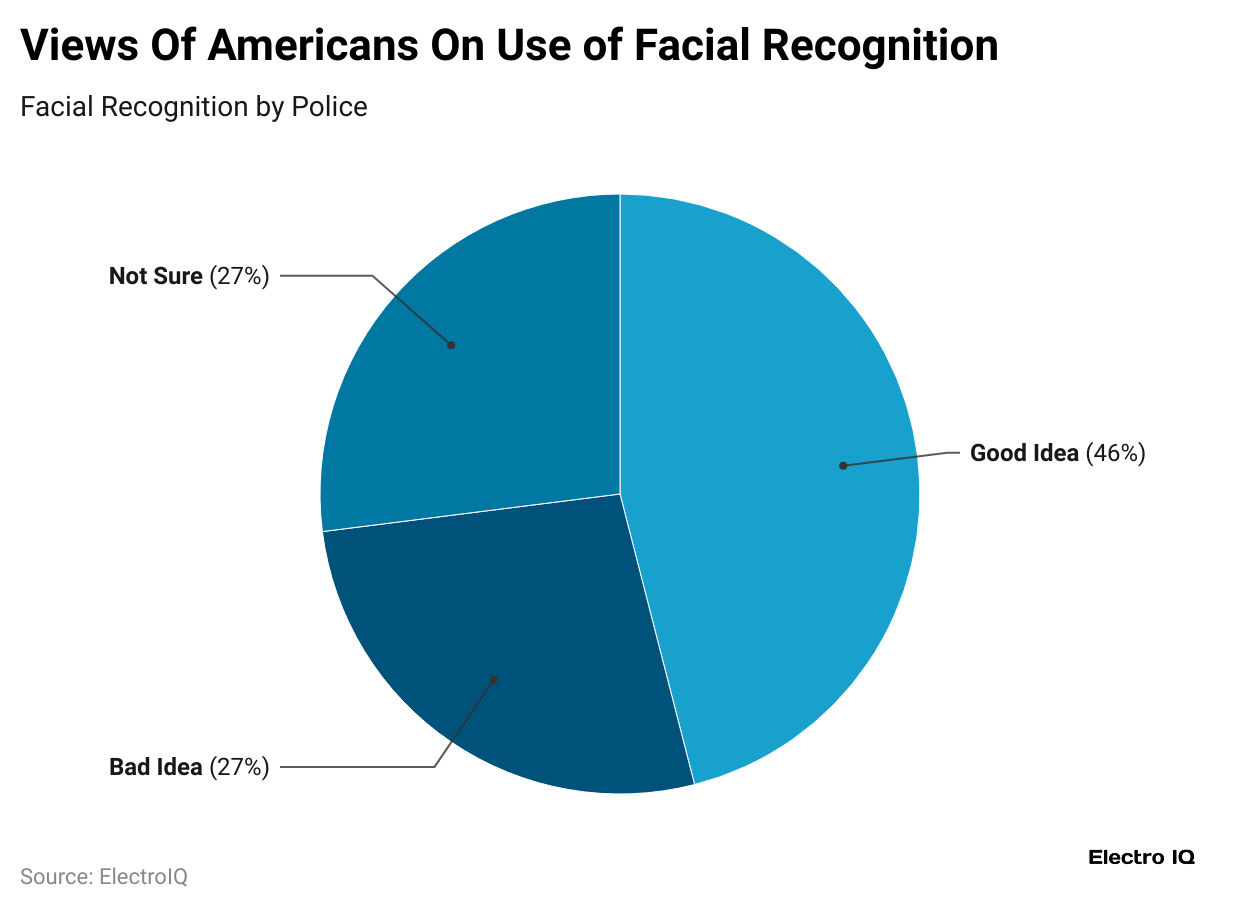
- Moreover, 46% believe that widespread use by law enforcement would benefit society.
- About 27% think it could have negative consequences, and another 27% are unsure whether it would be good or bad.
Facial Recognition Acceptance Statistics
- The photoaid.com report shows that Americans are most open to the use of facial recognition technology (FRT), with about 55% being comfortable with FRT being used at airports, followed closely by 54% at banks and 53% at medical offices.
- Acceptance drops in workplaces, with 39% supporting its use in offices, and further decreases for hotels (30%), sports stadiums (29%), and public transportation (28%).
- Fewer Americans are open to FRT in retail and grocery stores (26%) and restaurants (23%).
Public Opinion Statistics on Facial Recognition Technology
- In the United States, public opinions about facial recognition technology (FRT) show that about 36% of Americans trust tech companies to handle facial recognition responsibly, according to Passport-Photo. online.
- Fewer than 40% think it’s acceptable to use FRT for tracking who enters or leaves homes. In comparison, 30% approve of using it to monitor employee attendance, and only 15% support its use for analysing responses to advertisements in real-time.
- Around 73% of adults believe FRT is fairly effective at accurately identifying people, and nearly half agree it can be used in stores if it helps catch shoplifters.
- However, just 32% are comfortable having their faces scanned by businesses, while more than 81% worry about the misuse of biometric data.
- Public support for rules and regulations is strong: 84% favour federal regulation, and 95% think people should have the right to opt out of facial recognition systems.
- About 57% would allow their facial image in an FRT database if it improves public safety.
- Many Americans also see benefits, with roughly 70% believing FRT can enhance security and are okay with its use in workplaces, schools, and public places.
- Schools using FRT to identify known child predators have 76% support.
- Still, only 25% think the federal government should strictly limit FRT, and 59% accept it if it works perfectly.
Conclusion
After completing the article, Facial recognition technology is increasingly becoming part of everyday life globally. Facial recognition offers advantages such as improved security, simpler device access, and enhanced public safety. The level of acceptance for this technology changes with time and is also based on the location, the usage reason, and the group of people involved in the technology.
This technology depends on having clear rules and ethical guidelines, and transparency is important to make sure the benefits are balanced with privacy protection and that the technology is used responsibly.
Sources
FAQ.
The commonly used algorithms are Eigenfaces, Fisherfaces, LBPH, and deep learning models such as CNNs for accuracy.
The two types are 2D recognition (using flat images) and 3D recognition (using depth data).
A person’s facial data can remain in a facial recognition system from a few months to several years, depending on policies.
Biometric data is deleted automatically, and images causing alerts are removed within 24 hours.
Facial recognition can be blocked using masks, sunglasses, makeup, hats, scarves, poor lighting, low-quality cameras, or specialised anti-recognition software.

Maitrayee Dey has a background in Electrical Engineering and has worked in various technical roles before transitioning to writing. Specializing in technology and Artificial Intelligence, she has served as an Academic Research Analyst and Freelance Writer, particularly focusing on education and healthcare in Australia. Maitrayee's lifelong passions for writing and painting led her to pursue a full-time writing career. She is also the creator of a cooking YouTube channel, where she shares her culinary adventures. At Smartphone Thoughts, Maitrayee brings her expertise in technology to provide in-depth smartphone reviews and app-related statistics, making complex topics easy to understand for all readers.






